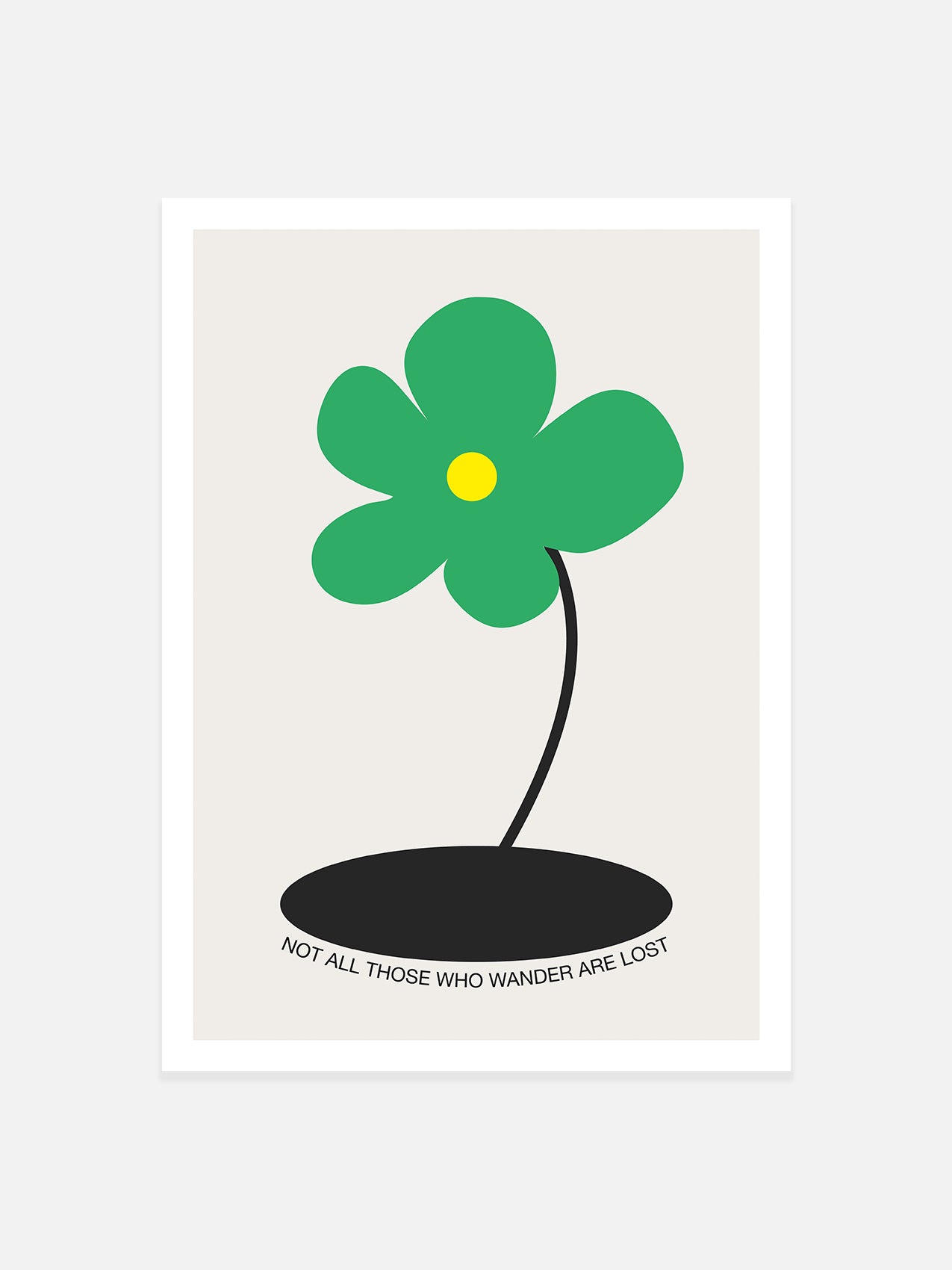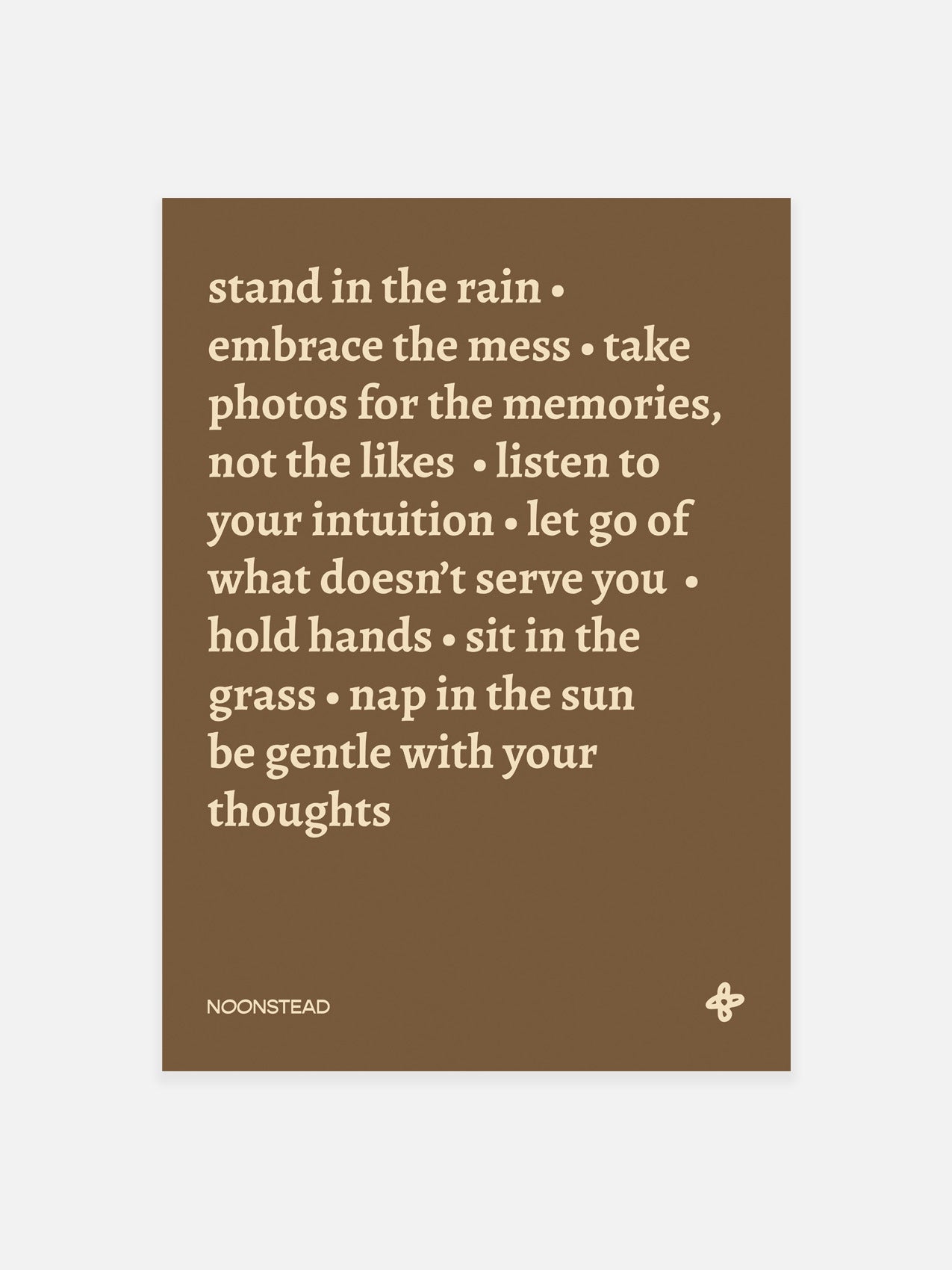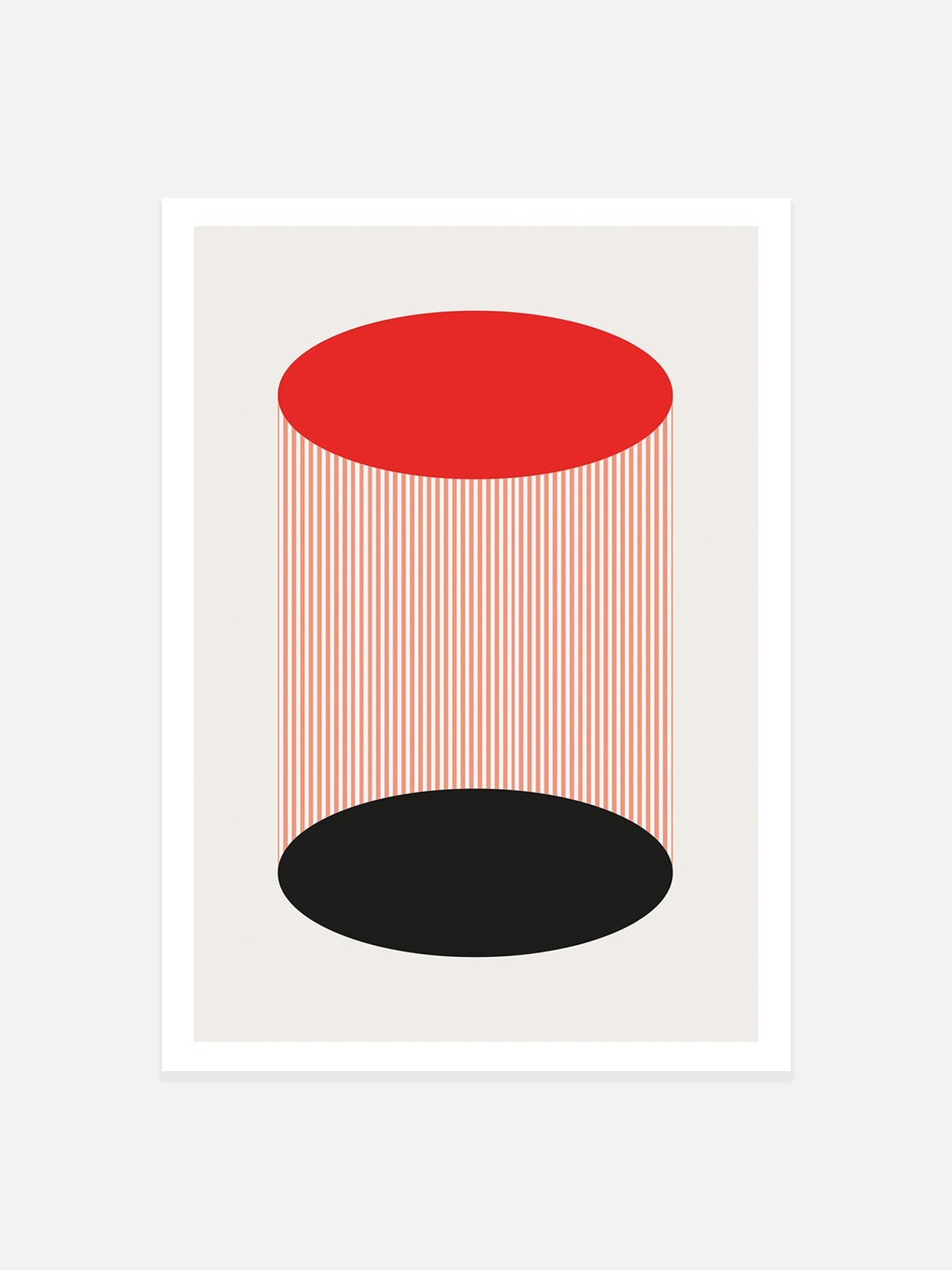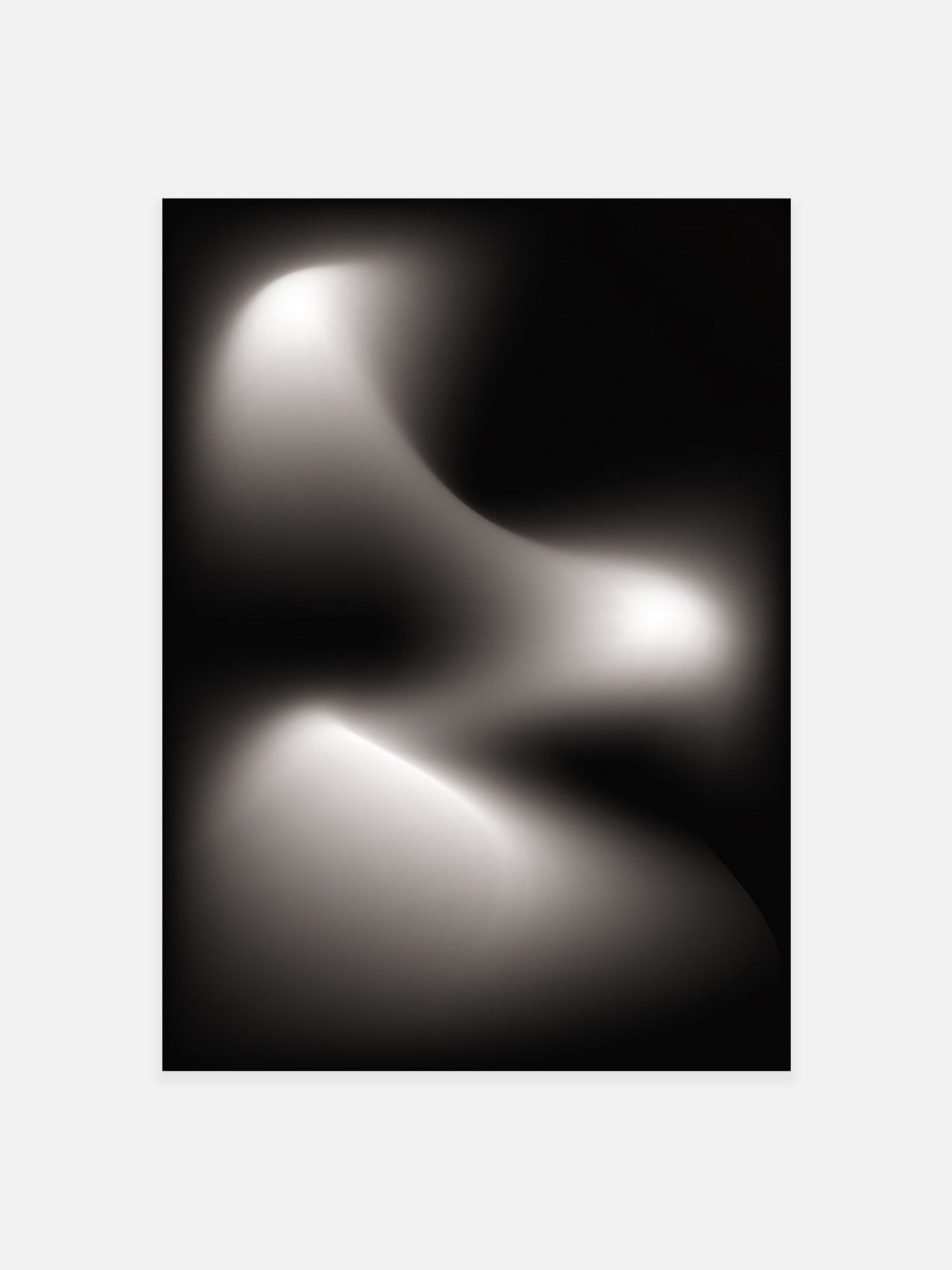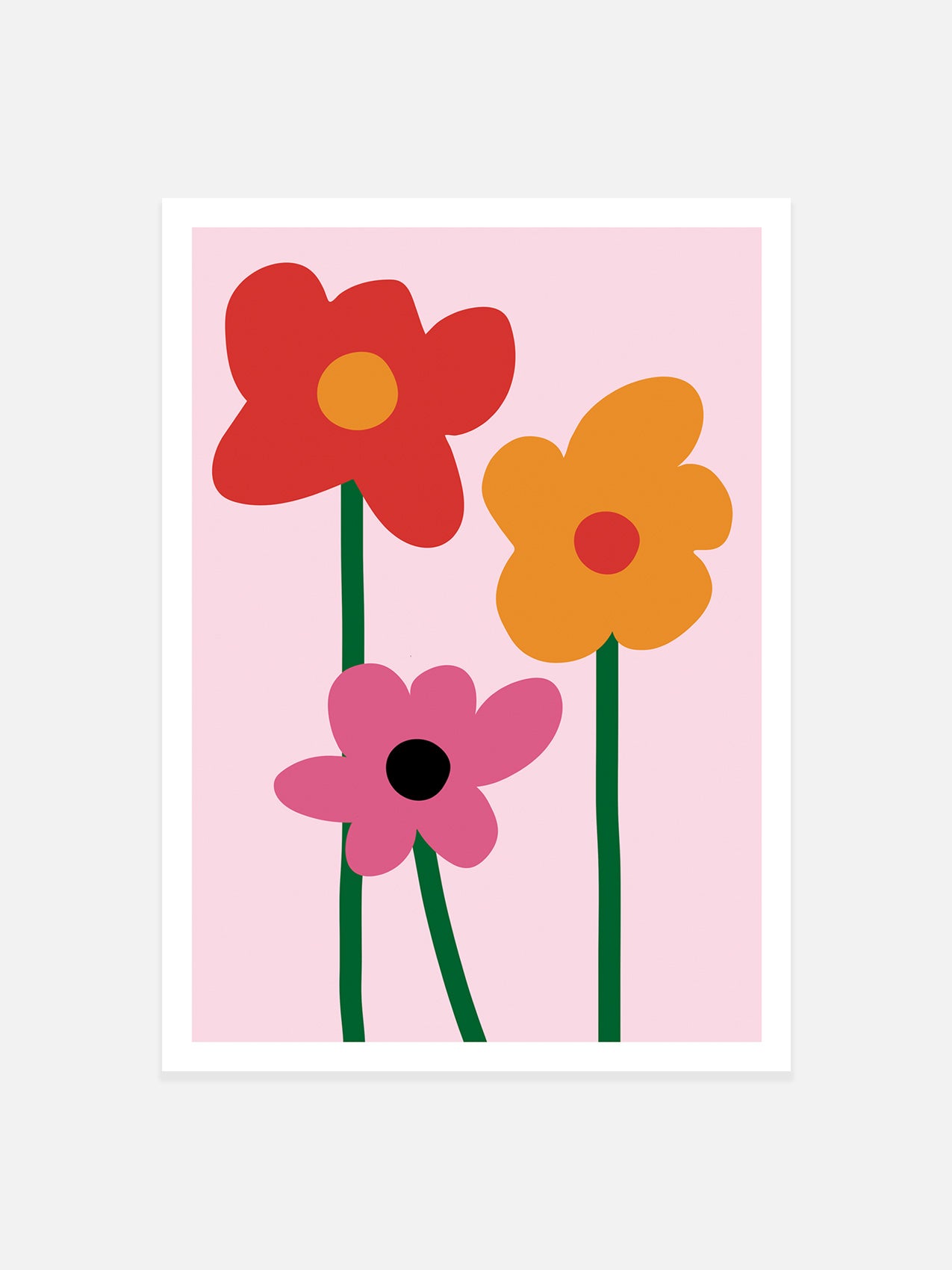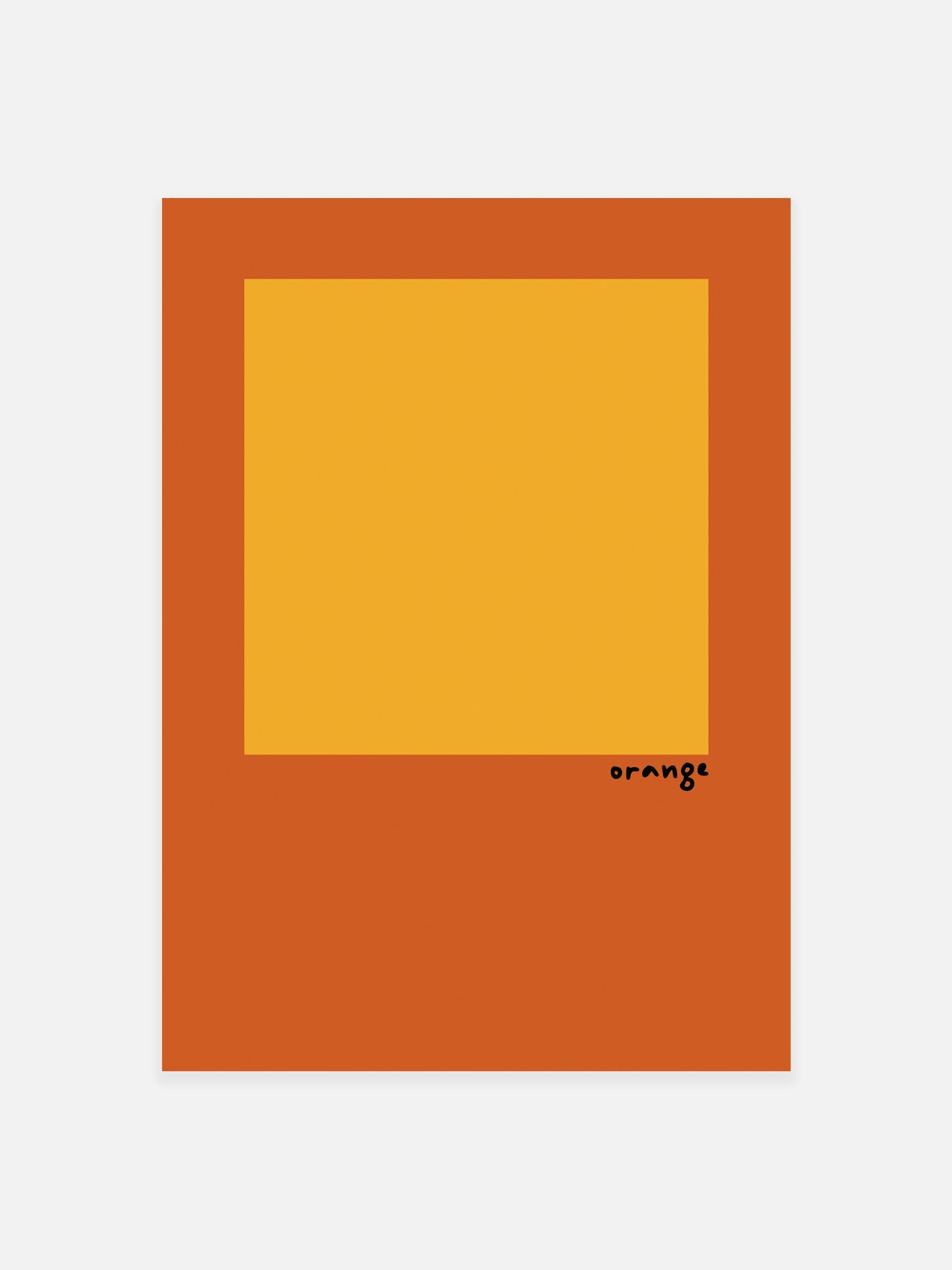
A beginner's guide to understanding abstract art
Abstract art is a genre of art that is often misunderstood, especially by those who are new to the world of art. At first glance, abstract art may appear to be a chaotic mix of colours and shapes, but with a little knowledge, you can begin to understand the true beauty and meaning behind these works.
What is Abstract Art?
Abstract art is a type of art that is not meant to represent any specific object or scene in the real world. Instead, it relies on the use of colour, line, and shape to create a composition that evokes emotion or conveys an idea. Abstract art can be seen as a departure from traditional representational art, which aims to depict recognisable objects or scenes.
History of Abstract Art
The roots of abstract art can be traced back to the early 20th century when artists began to experiment with new forms of expression that moved beyond traditional representational art. Artists such as Wassily Kandinsky, Kazimir Malevich, and Piet Mondrian pioneered the use of abstract shapes and colours to express emotions and ideas. Their works were groundbreaking and challenged the traditional notions of what art should be.
Examples of Abstract Artists and their Impact on the Art World
1. Wassily Kandinsky - Kandinsky is often considered the father of abstract art. He believed that art should be a visual representation of the spiritual and emotional world. His work was characterised by bold, colourful compositions that often featured geometric shapes and lines. His impact on the art world was immense and his ideas continue to influence artists to this day.
2. Kazimir Malevich - Malevich was another pioneer of abstract art. His work was characterised by simple geometric shapes, such as squares, rectangles, and circles. His famous work, "Black Square," is often seen as one of the first purely abstract works of art. Malevich's work had a profound impact on the art world and his ideas continue to influence artists to this day.
3. Piet Mondrian - Mondrian was a Dutch artist who is best known for his minimalist, geometric works. His use of primary colours and simple shapes, such as squares and rectangles, created a sense of order and balance in his work. Mondrian's impact on the art world was immense and his ideas continue to influence artists in many different fields.
Understanding Abstract Art
One of the key challenges of abstract art is understanding the meaning behind the works. Unlike representational art, abstract art does not depict recognisable objects or scenes. Instead, it relies on the emotions and ideas conveyed through colour and form. The meaning of abstract art can be subjective and open to interpretation, and different viewers may have different reactions to the same work. However, understanding the basic principles of colour, line, and shape can help you begin to appreciate the beauty and meaning behind these works.
Conclusion
Abstract art is a genre of art that has had a significant impact on the art world. By understanding its history and key artists, you can gain a deeper appreciation for this genre of art. Whether you're a seasoned art lover or a beginner, exploring the world of abstract art can be an enriching and rewarding experience.
People also read
Modern Art Prints & Abstract Wall Art: The Ultimate Guide to Stylish Walls in 2025
Love cool art but not sure what actually works on your walls? We get it. This guide covers everything you need to know about modern art prints, abstract design, styling tips, and our most-loved picks at Noonstead.













